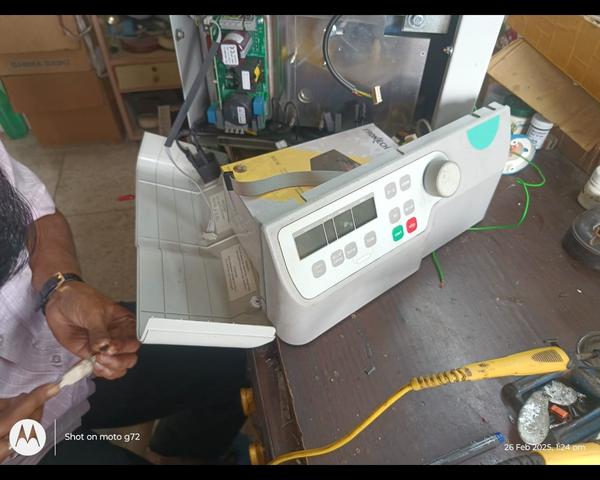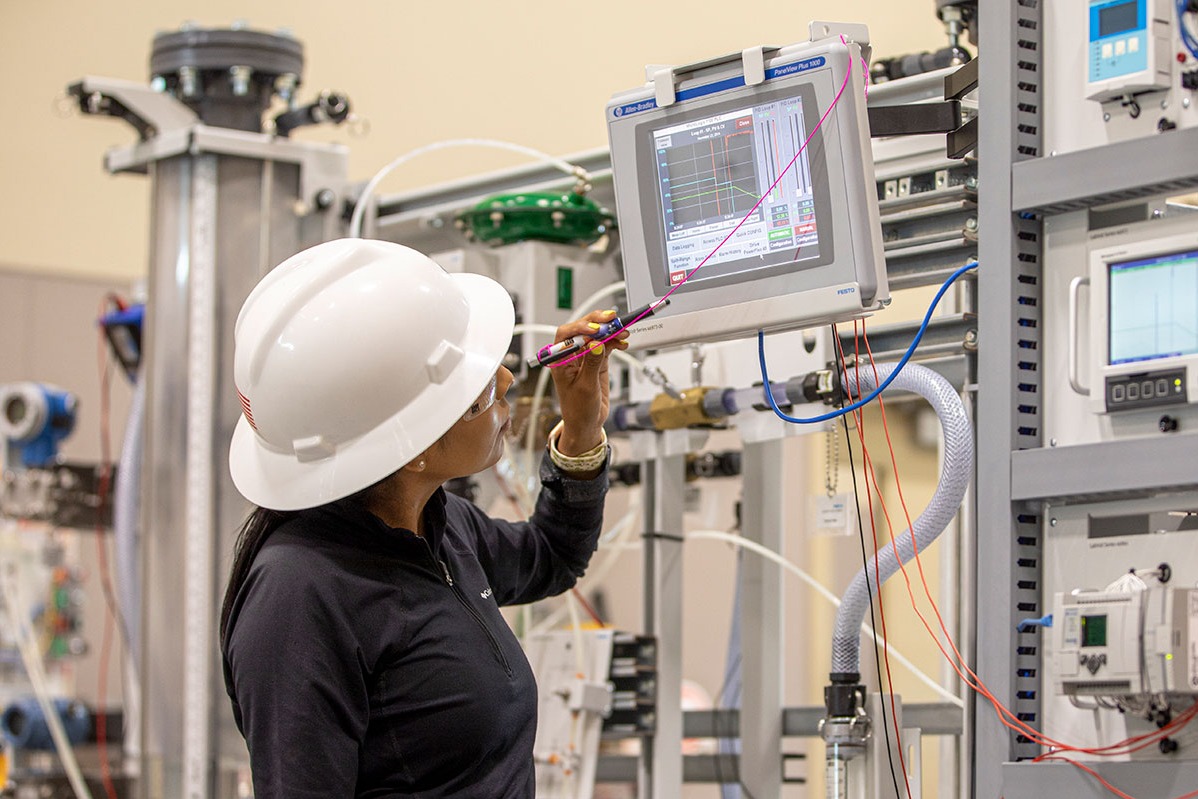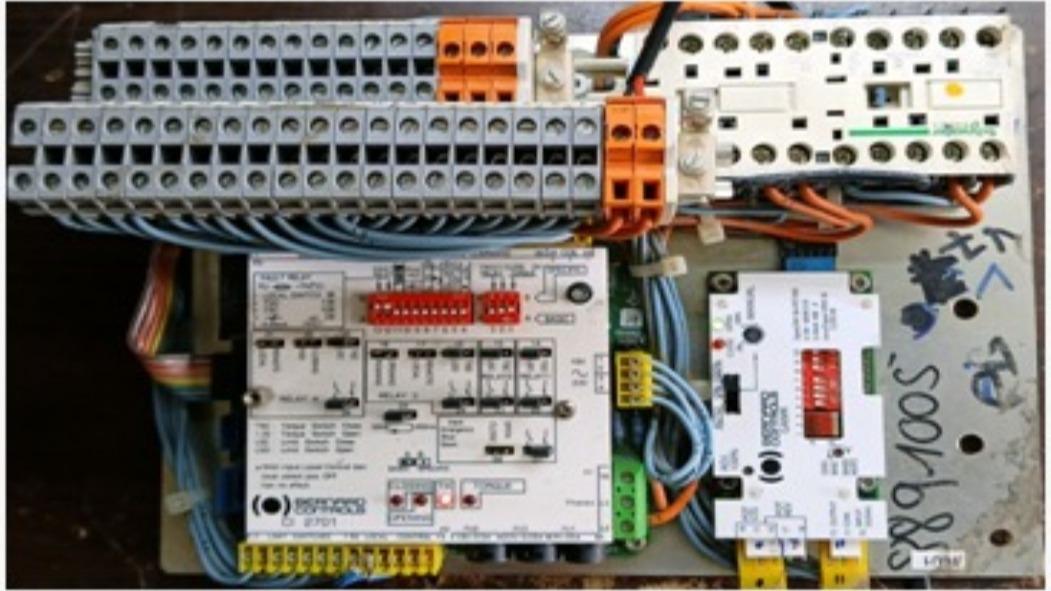
Industrial Equipments Repair Services at chip-level in West Ben...

Chip-level repair services refer to the in-depth, highly specialized repair of electronic components on printed circuit boards (PCBs) used in industrial equipment. Instead of replacing entire boards or systems, chip-level repair focuses on diagnosing and fixing faults at the component level—such as individual chips, transistors, capacitors, or ICs—saving costs and reducing e-waste. Key Features of Chip-Level Industrial Equipment Repair: Scope of Application: Industrial control systems (PLCs, HMIs) Motor drives (VFDs, servo drives) Power supply modules CNC control boards Industrial robots and automation electronics Typical Repairs Include: Replacing damaged or faulty ICs, resistors, capacitors, and other SMD components Reworking or reballing BGA chips Tracing and repairing broken PCB tracks BIOS or firmware flashing Repairing or replacing connectors and ports Tools & Techniques Used: Soldering/rework stations (hot air and infrared) Multimeters, oscilloscopes, logic analyzers BGA rework machines X-ray inspection systems (for multilayer PCB diagnosis) Advantages: Cost-effective compared to full module replacement Reduces machine downtime by enabling quicker repairs Eco-friendly approach to maintenance (less e-waste) Maintains OEM integrity and compatibility Challenges: Requires highly skilled technicians Delicate and precise work, risk of damaging nearby components Access to detailed circuit diagrams and proprietary firmware may be limited Conclusion: Chip-level repair services play a critical role in the maintenance of modern industrial equipment, especially as automation and electronics become more integral to operations. By restoring functionality at the component level, these services provide a high-value, sustainable alternative to full system replacements, ensuring better uptime and long-term equipment reliability.
Subscribe for latest offers & updates
We hate spam too.


